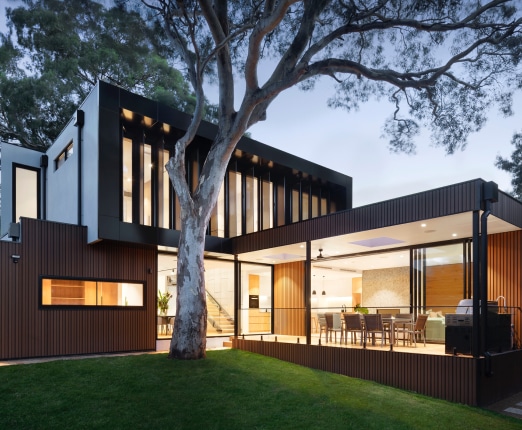Property flipping is a popular short-term strategy among investors. It typically involves 3 main steps.
Step 1 – finding and buying an undervalued property.
Step 2 – strategically renovating the undervalued property as quickly as possible to
increase its value.
Step 3 – selling the property for a profit.
Finding and buying an undervalued property
It’s crucial to do your research to find a property like this. You need to know a bargain when you see one. Undervalued properties can include the following.
- Run-down properties in good locations (for example, the worst house in a good street).
- Forced property sales. (For example, properties that need to be sold quickly due to being repossessed by banks or due to relationship breakdowns).
Strategically renovating
Strategically renovating properties means to get the biggest possible ‘bang for your buck’ as quickly as possible. In other words, you want to spend as little as you can to increase the value by as much as you can in a short time frame.
It’s important to avoid overcapitalising. This is where you spend more on the renovation than the property will increase in value. Home renovation work can be expensive. Be smart about what you do. Make sure you factor in all of the costs upfront by getting fixed price quotes. Make sure you also set a realistic budget and that you stick to it.
Obtain all necessary council approvals both before starting your renovation and after the work is completed. Use professional tradespeople that you trust to do any work that you can’t do (or aren’t legally allowed to do).
Selling the property for a profit
Once you have completed your strategic renovation work, it’s time to sell. You should aim to sell your property for the maximum possible price to make the maximum profit. You need to factor in both your buying and selling costs as well as your renovation costs.
Buying costs include the following.
- Stamp duty.
- Legal fees.
- Interest on the money you borrow. It’s crucial to get your finance on the best possible terms. Even a small difference in interest rates can make a big difference to your costs.
Selling costs include the following.
- Real estate agent fees.
- legal fees.
You can use our Buying and Selling Cost Calculator to estimate your costs. These costs should be added to your renovation costs to work out your potential profit.
Be aware that you may not necessarily be able to sell at a profit for a variety of reasons. For example,
- Overcapitalising.
- Renovation cost blowouts.
- Market conditions changing.
However, if you can’t make a profit in the short-term, you may be able to over the medium to longer term. Property prices in Australia have a long-term growth trend.
How we can help
If you’re thinking of buying an investment property, our experienced and licensed brokers at Wisebuy Investment Group can help you to find the right loan for your needs.
We service a diverse range of clients in Newcastle, Lake Macquarie, Port Stephens, the Hunter Valley and the Central Coast.
Contact us today for an obligation-free chat!












